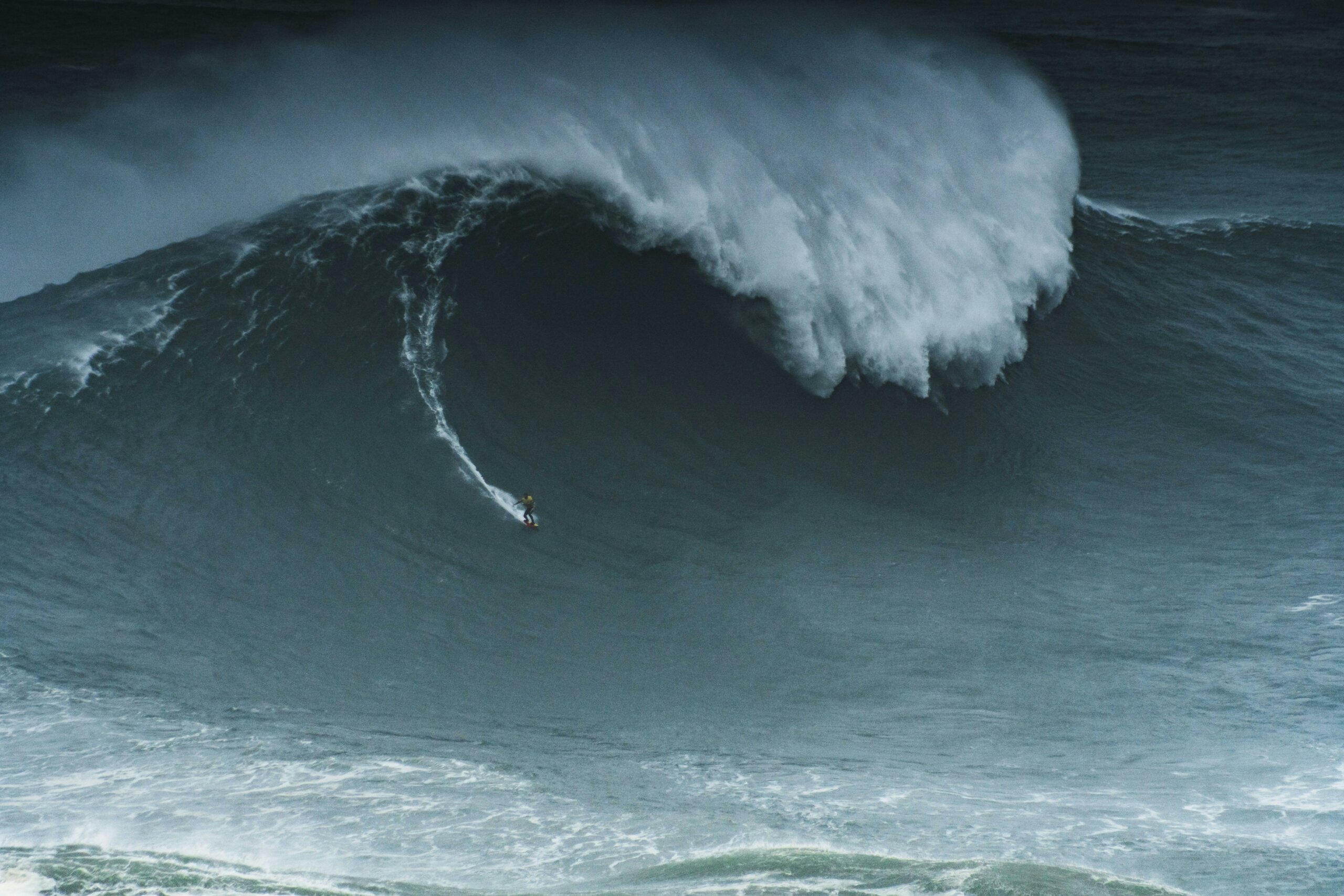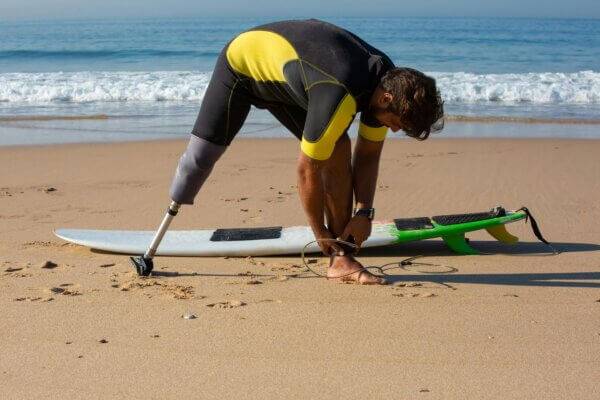
03 Mar The Resilience Gene (COMT): Handling Wipeouts Like a Pro (Part 3)
They say the ocean has a way of testing you. It teases with glassy perfection one moment, then punishes with bone-rattling wipeouts the next. But if you’re one of the lucky ones blessed (or cursed) with the resilience gene, scientifically known as COMT, you don’t just survive these wipeouts, you thrive on them.
COMT, short for catechol-O-methyltransferase, is one of the four genes that makes up the blueprint of a daredevil. It’s the genetic equivalent of mental armor, dictating how efficiently your brain processes dopamine, the neurotransmitter that fuels risk-taking, problem-solving, and, crucially, emotional recovery. In the surf world, that means this little enzyme determines whether you’ll crawl up the beach in defeat after a brutal set or paddle back out with a grin, ready for more.
The Science Behind the Stamina
COMT comes in two main variants: Met/Met (the cautious thinkers), Val/Val (the cool-headed warriors), and the hybrid Met/Val (a mix of both). Those with the Val/Val variation break down dopamine faster, making them less prone to stress and better equipped to keep their composure under pressure. They’re the ones laughing after being rag-dolled by a ten-footer, calmly analyzing what went wrong, and adjusting their technique for the next wave.
On the other hand, Met/Met types hold onto dopamine longer, making them more prone to stress but also hyper-analytical. They feel every wipeout deeply, reliving each mistake with meticulous precision. These are the surfers who take a beating and spend hours dissecting what they could have done differently before even thinking of paddling back out. Met/Val? A little of both, resilient but introspective, daring but analytical.

From Hold-Downs to Headspace
Resilience in surfing isn’t just about physical endurance; it’s about mental fortitude. The COMT gene dictates how we handle fear, failure, and frustration. Imagine taking off late on a wave, getting pitched over the falls, and spending a solid ten seconds in an underwater blender. Some people surface rattled, their confidence shaken. Others come up laughing, itching for redemption. That’s COMT in action.
This gene doesn’t just shape how we handle surf wipeouts, it defines our approach to life’s setbacks. The best surfers (and risk-takers) understand that wipeouts are inevitable, but fear is optional. Resilience isn’t about avoiding failure; it’s about how quickly you bounce back. And for those with the Val/Val variation, that bounce-back rate is almost instantaneous.
Training Your Inner Daredevil
Here’s the kicker: even if you weren’t born with the Val/Val “warrior” variant, resilience is trainable. Neuroplasticity, the brain’s ability to rewire itself, means you can hack your own response to stress. The key? Repetition and reframing.
Surfers with a natural resilience gene instinctively reframe wipeouts as part of the process, not proof of failure. That’s why they keep charging bigger waves despite knowing the risks. But anyone can adopt this mindset. It starts with exposure, putting yourself in uncomfortable situations, failing, and forcing yourself to get back up. The brain learns by doing, and eventually, it adapts.
The Art of Laughing at a Wipeout
Some of the best surfers in the world are defined not by their highlight reels, but by their wipeouts. Watch any surf documentary, and you’ll notice a common thread: the best in the game don’t just tolerate failure, they embrace it.
Take Mark Mathews, a big-wave charger known for his near-death experiences. He’s had his fair share of detonations, yet his mindset remains unwavering. Or Laird Hamilton, who once said, “Wipeouts aren’t failures. They’re part of the equation.” These surfers don’t just have talent; they have an unshakable relationship with resilience.
The Ocean is the Ultimate Teacher
The ocean doesn’t care about your ego. It doesn’t reward hesitation or self-doubt. It respects only those who respect it back, those who can take a hit, learn from it, and paddle back into the lineup with even more determination.
That’s the gift of COMT. Whether it’s hardwired into your DNA or something you cultivate through experience, resilience is what separates the weekend warriors from the true watermen and women. It’s what keeps us coming back for more, even after being pinned to the reef or swallowed whole by a closeout.
So the next time you’re held down longer than you’d like, remember: your ability to bounce back isn’t just about lung capacity or paddle strength. It’s written in your genes, shaped by your mindset, and honed every time you choose to paddle back out. Because at the end of the day, surfing, like life, isn’t about avoiding wipeouts. It’s about how you handle them.
And if you’re lucky enough to have the resilience gene? Well, wipeouts are just another part of the ride.
Want to learn more about the genetics behind what makes a natural surfer? Check out Part 1: The Warrior Gene and Part 2: The Fearless Gene to explore the other traits that shape a true daredevil.



